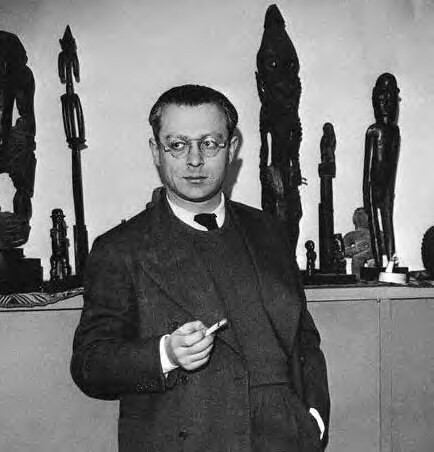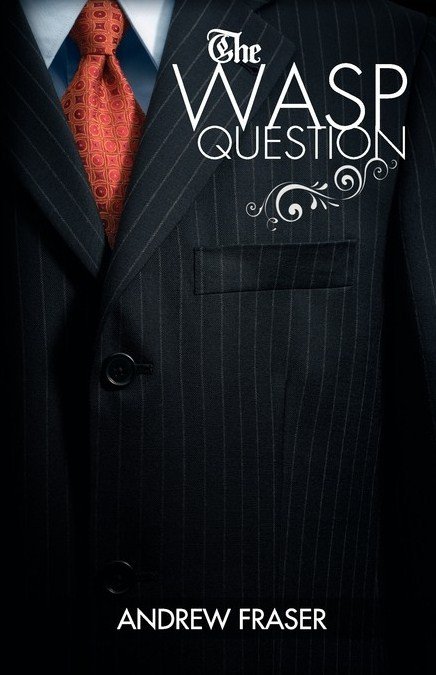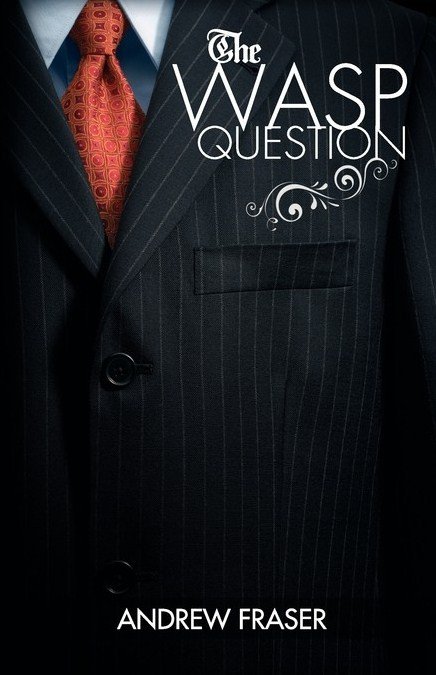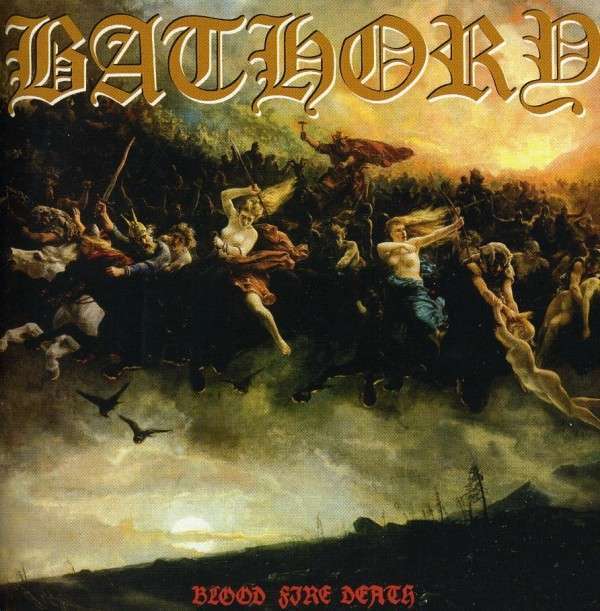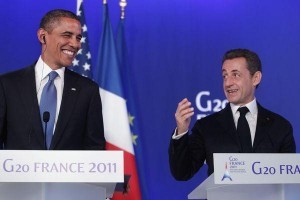
It all started when French President Nicholas Sarkozy was overheard telling Obama, “I cannot bear Netanyahu, he’s a liar.” At that point, in the ADL’s ideal world, Obama would have rushed to the defense of the Israeli leader, insisting on all the wonderful qualities that all Israelis are known to have–honesty, integrity, etc. Instead, Obama replied, “You’re sick of him, but I have to deal with him every day.”
The ADL is not pleased. Abe Foxman released a statement:
“We are deeply disappointed and saddened by this decidedly un-Presidential exchange between Presidents Sarkozy and Obama. President Obama’s response to Mr. Sarkozy implies that he agrees with the French leader. In light of the revelations here, we hope that the Obama Administration will do everything it can to reassure Israel that the relationship remains on a sure footing and to reinvigorate the trust between President Obama and Prime Minister Netanyahu, which clearly is not what it should be. What is sad is that we now have to worry to what extent these private views inform foreign policy decisions of the U.S. and France – two singularly important players in the peace process.”
Of course, what Foxman really means is that he has to worry to what extent these private views inform foreign policy decisions of the U.S. and France – two singularly important players in the campaign for war against Iran.
The tension between Obama and Netanyahu is nothing new, coming to a peak in May when Obama talked about the 1967 borders and Netanyahu got his ~30 standing ovations in Congress. Since then, the consensus is that Netanyahu won and Obama lost: The construction of settlements continues unabated, Palestine is not in the UN (although it got into UNESCO with the help of France; the Palestinians have pledged not to apply for any more), and Israel and the Israel Lobby in the U.S. are gearing up to promote a war against Iran. There were murmurings that Jews would not contribute to Obama, but, unless this recent flap has legs, that doesn’t seem to be the case. Read more


